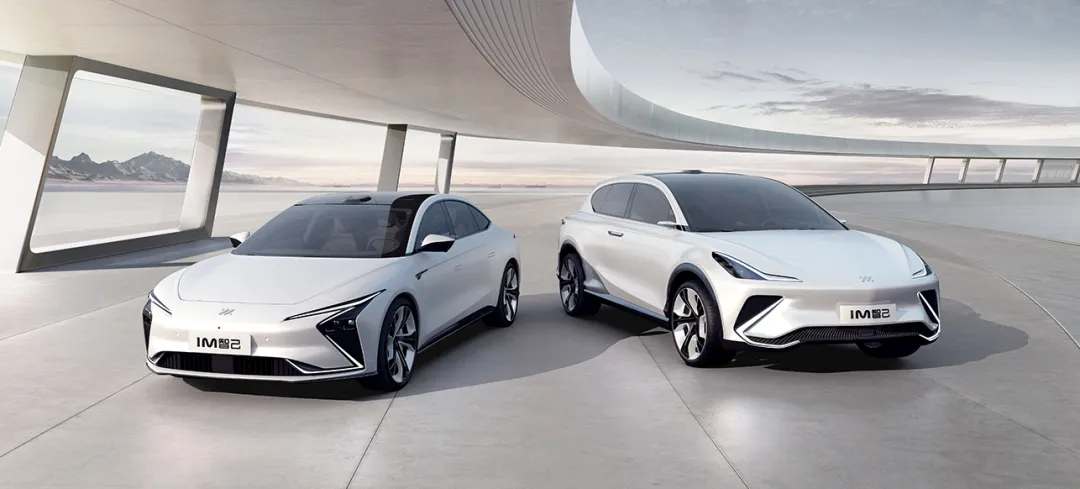Author: Jiaxing Li
On April 19th, the opening day of the Shanghai Auto Show, while major new energy vehicle companies were competing against each other, IM Motors made its debut with its nearly production-ready product, the IM L7, which is more than 90% close to the mass production version. With a wheelbase of 3.1 meters and a length of nearly 5.1 meters, the IM L7 is positioned in the C-segment sedan market. Furthermore, on the same day, IM Motors officially announced the pre-sale of the “Angel Round Version” of the IM L7, priced at 408,800 yuan.
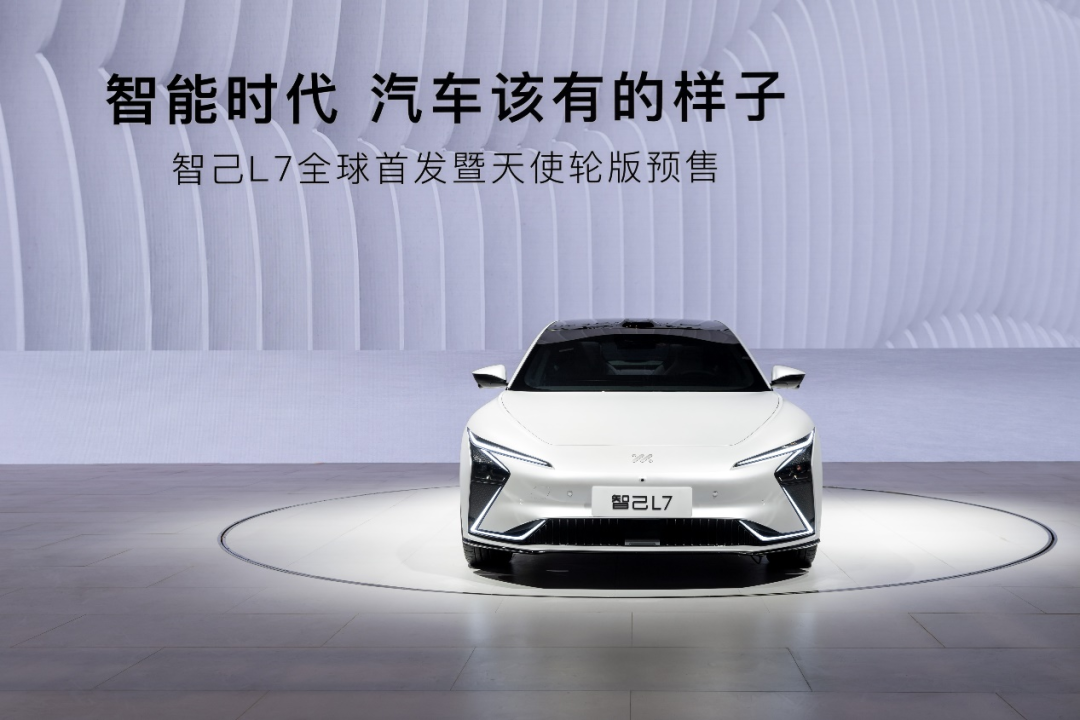
Targeted at High-end Market, IM Proves Its Competence Against a Strong Competitor
Just the pricing and size of the IM L7 demonstrate that IM is targeting the high-end market of China’s new energy vehicle industry. In this market that has not yet been conquered by the new energy army, the only competitor and benchmark car model for the IM L7 is the NIO ET7.
At the launch of the IM L7, IM and Tesla compared their advanced driving assistance systems in complex urban fast road scenarios in terms of MPD takeover mileage, takeover frequency caused by cut-in, and success rate on ramp entry and exit. The result was an unquestionable victory for IM.
Although Tesla is often used as a benchmark, it is easy to see that Tesla has already been in the Chinese market for eight years, and has adjusted its positioning according to market demand, from targeting the high-end market to grabbing the market share of domestic new energy vehicle companies. However, in the face of IM’s hardware-equipped comparison, even Tesla’s FSD strategy may not be able to withstand the competition.
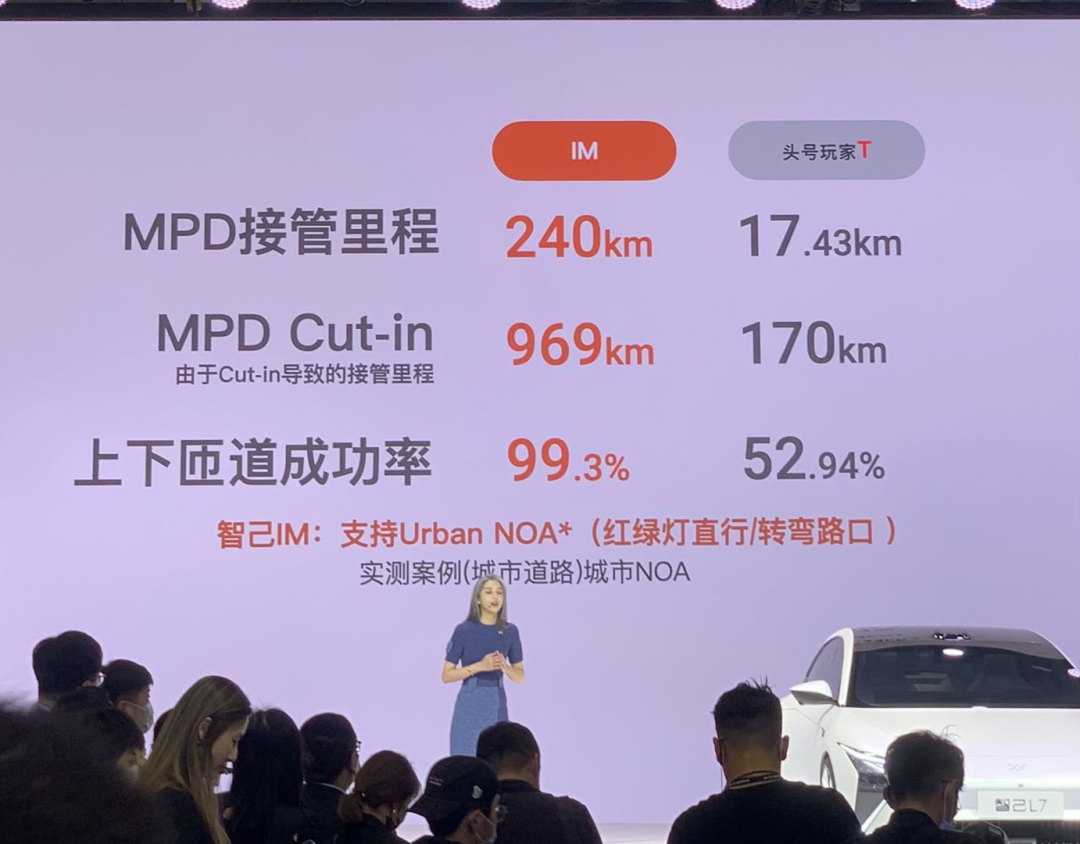
About the Configuration
In terms of hardware, the IM L7 is equipped with some extremely high-level features for its price range.
With a wind resistance coefficient of 0.21, a car-mounted ultra-billion-level panoramic camera, CDC electronic suspension, rear-wheel steering, full aluminium chassis, 11 kw wireless charging, and the Williams F1 team’s handling calibration, many advanced configurations or industry-firsts have been used in this car.
Although it has the backing of China’s Silicon Valley and Alibaba, the customer experience and market response cannot be improved simply through added resources. In the end, consumers are the ones who will decide whether or not these features are valuable. While these advanced features do improve IM’s product competitiveness, NIO next door already has a customer base and brand recognition, and offers a fully-loaded “skill pack”.
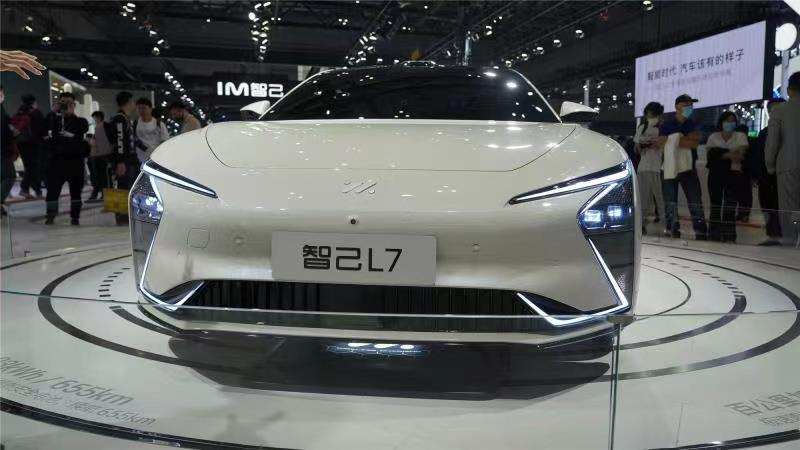 The most important intelligent driving technology, i.e. IM AD, has been proposed by IM Auto. Its latest mass-produced visual solution combines primarily visual sensors with millimeter-wave and ultrasonic radars.
The most important intelligent driving technology, i.e. IM AD, has been proposed by IM Auto. Its latest mass-produced visual solution combines primarily visual sensors with millimeter-wave and ultrasonic radars.
IM L7 has 12 high-precision cameras, 12 ultrasonic radars, and 5 millimeter-wave radars. The chip is equipped with NIVDIA Xavier and Qualcomm 8155 intelligent cockpit chip. IM L7 is also compatible with a redundant solution of hardware and software architecture of the LiDAR system, and supports upgradability of NVIDIA Orin X and 2 LiDAR sensors.
IM Auto proposes a core technology concept driven by full-process data, providing the most continuous door-to-door pilot system in various scenarios. The system can achieve parking and departing from parking spaces, and functions of cities and highways can be controlled and overcome through data-driven approaches, such as driving through an intersection, avoiding obstacles, and responding to emergencies.
Furthermore, based on the SOA software architecture, IM Auto also sets forth an enhanced trust experience in IM AD, which can be infinitely integrated with other functional domains. It provides confidence communication between drivers and the system to reduce the level of attention and let drivers relax. With a fully deployed IM AD solution and a IM car without charging, drivers can communicate with confidence to reduce vehicle intervention while driving and look for charging stations for automatic charging upon arrival at the end of the journey, achieving intelligent travel.
IM L7 not only has hardware and intelligence, but its front and rear lights are equipped with an intelligent lighting system composed of “DLP+ISC”. Both of these light sources support personalized programming. It is worth noting that the programming of the headlight has always been dominated by Mercedes-Benz’s high-end models. This time, IM Auto’s application of programming headlight technology can probably promote the use of programming headlight technology by more domestic automakers.
At the booth, IM Auto placed two intelligent cockpit experience systems. I had the opportunity to take a look at them, but in fact, the system did not support a real experience. The highly technological 39-inch intelligent scene screen supports separate lowering and lifting, and the 12.8-inch central screen is curved. During the cockpit experience, the central screen was not yet a curved screen, and the separate screens did not support the experience of lifting and dropping screens. The entire system was still in a “for display only” state. Despite this, IM L7’s full sense of technology and high-end feel during actual use is still worth looking forward to. Currently, little is known about the car machine UE and system UI, but the user experience is expected to be exceptional.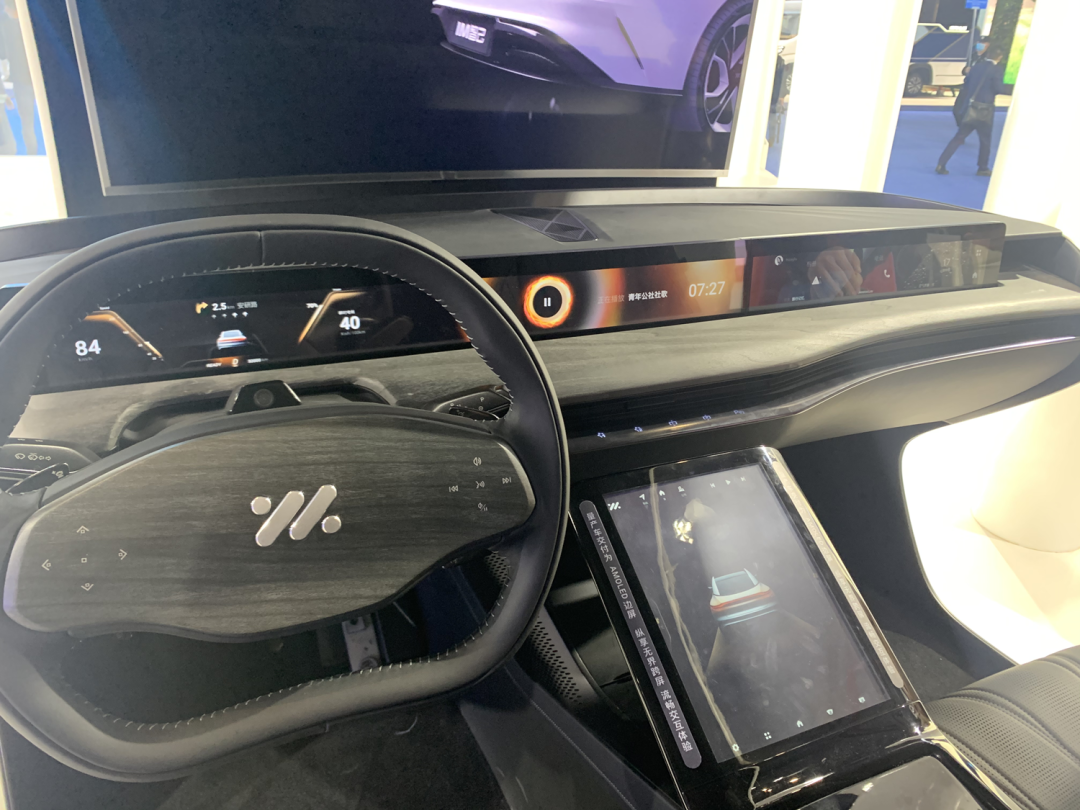
Conclusion
It is obvious that SAIC attaches great importance to the domestic high-end new energy market. The powerful hardware and comprehensive intelligence make Zhi Ji L7 a well-equipped car. In addition, considering SAIC’s determination to enter the domestic high-end new energy vehicle market, Zhi Ji L7 is a truly attractive option. As a new product and future brand development, Zhi Ji L7 wears gorgeous clothes and steps into the domestic high-end new energy vehicle market, which is considered to be a “philosopher’s stone”.
This article is a translation by ChatGPT of a Chinese report from 42HOW. If you have any questions about it, please email bd@42how.com.
